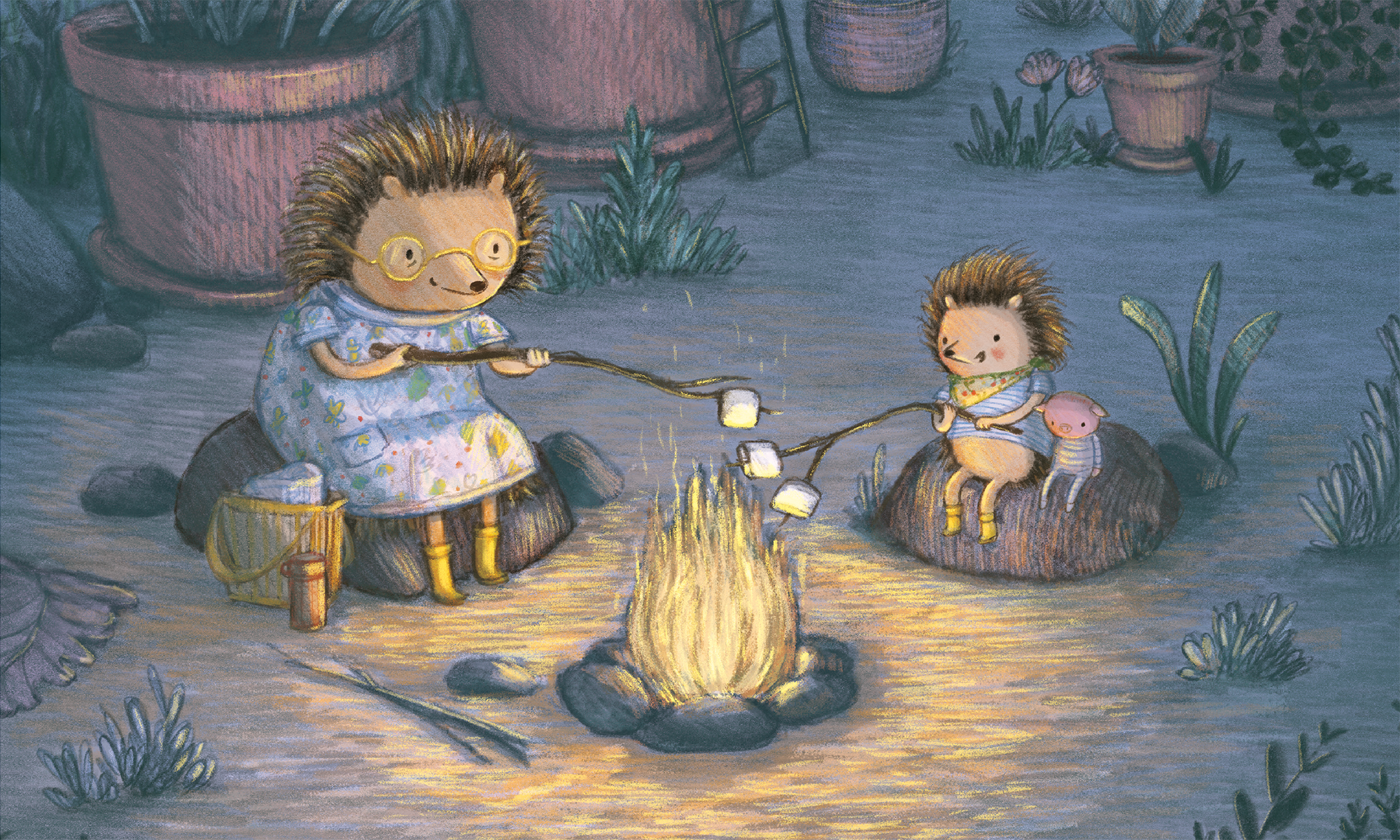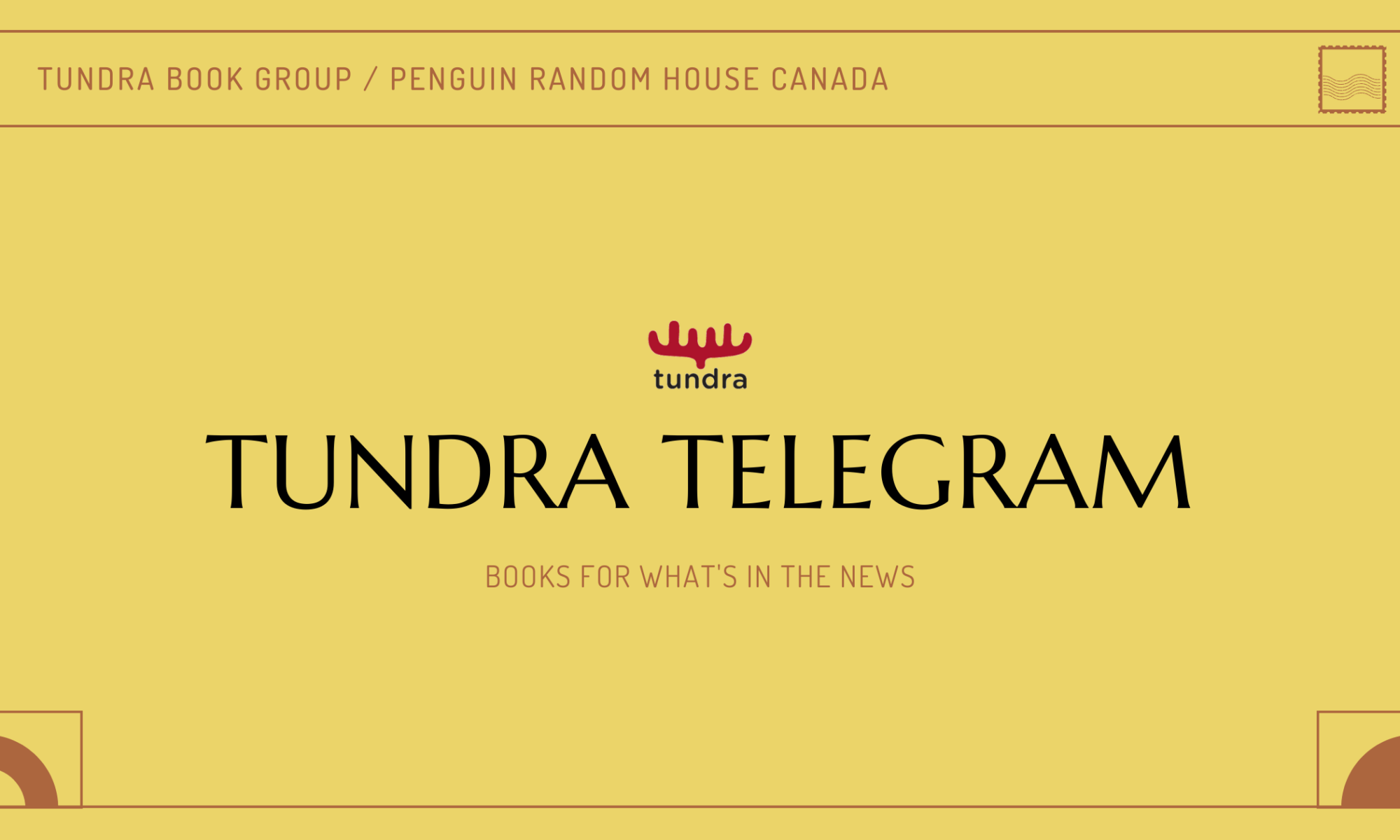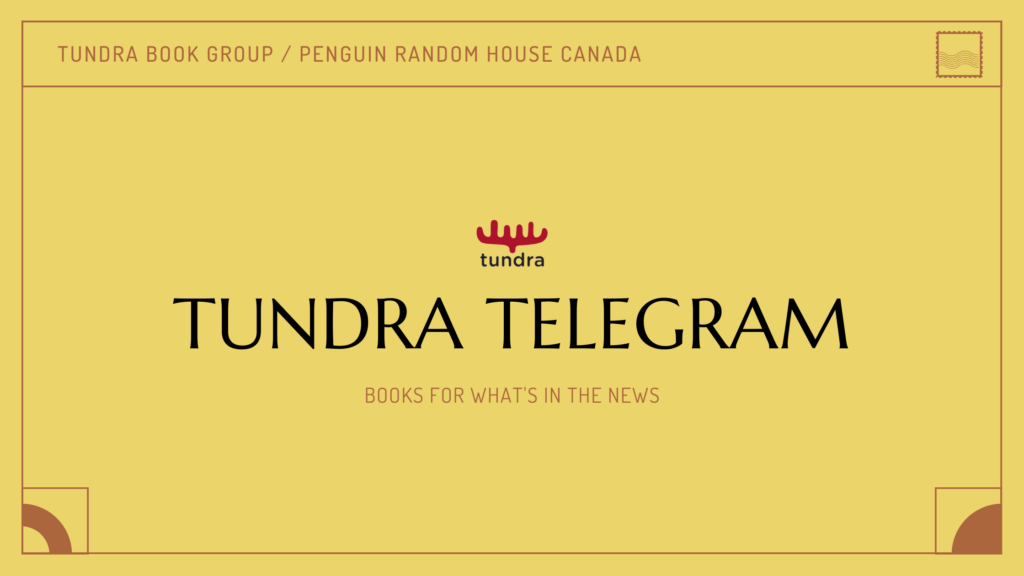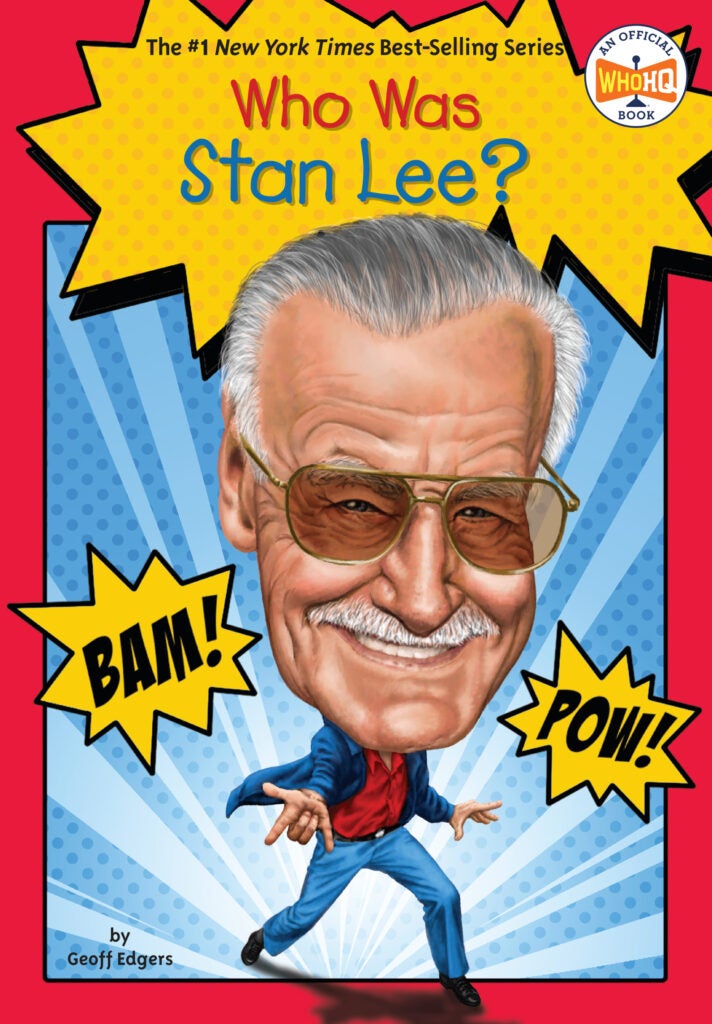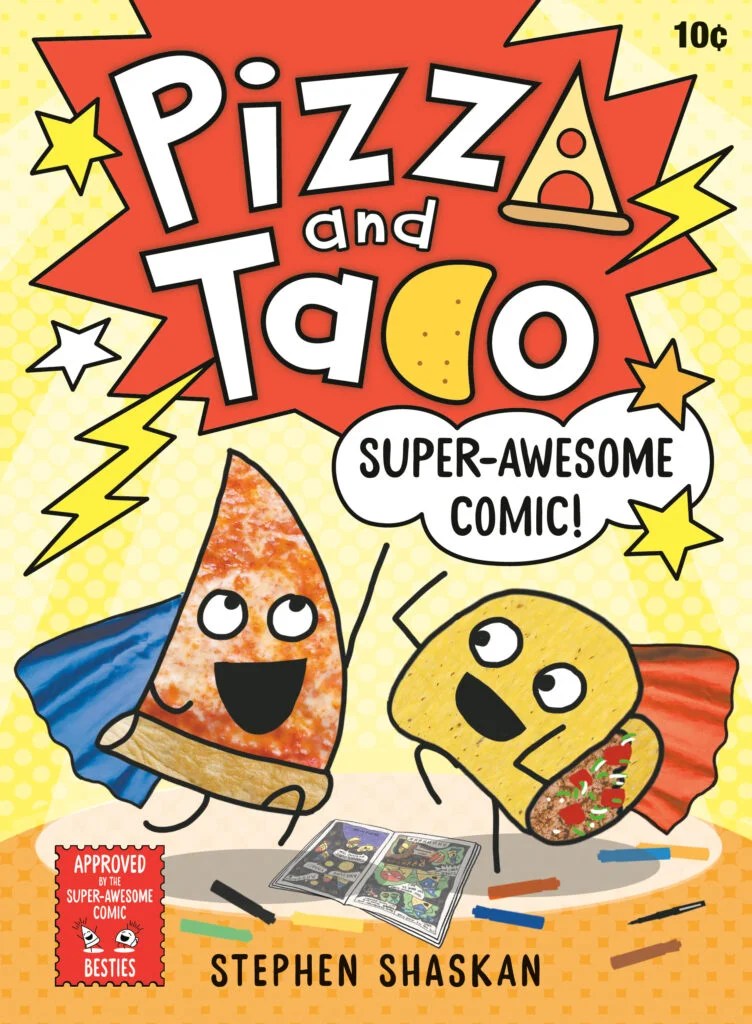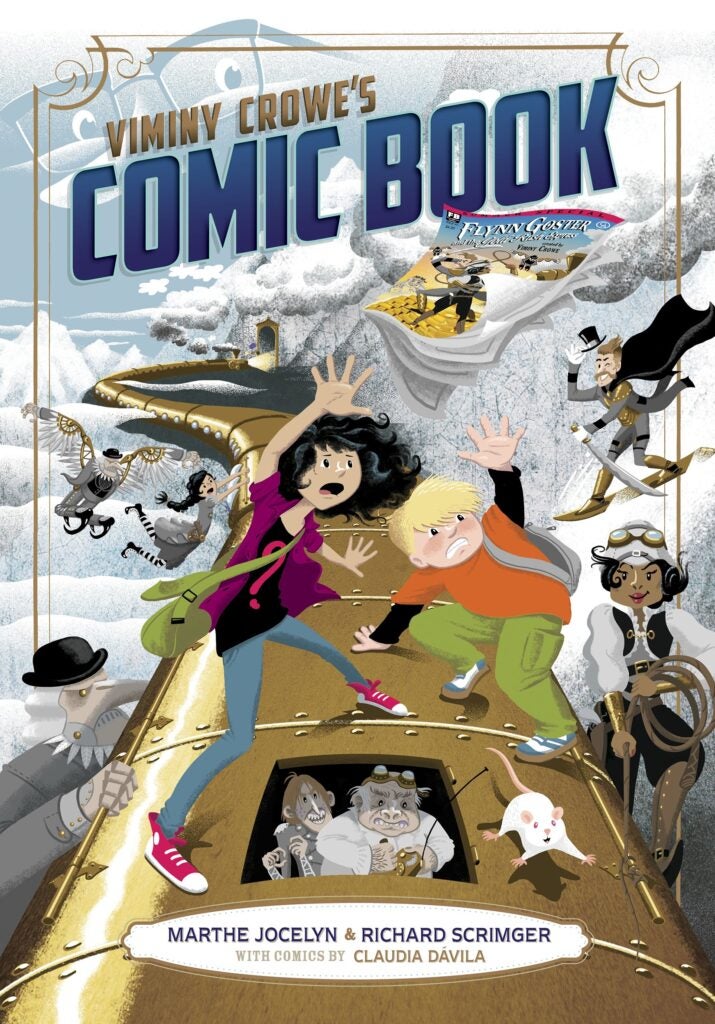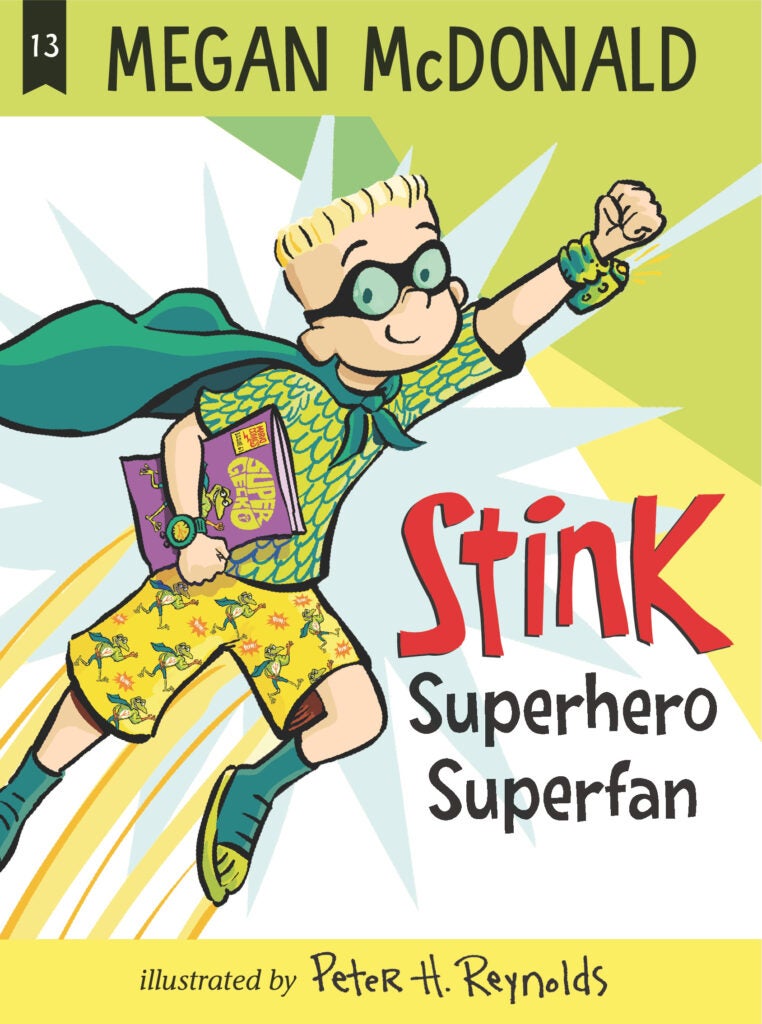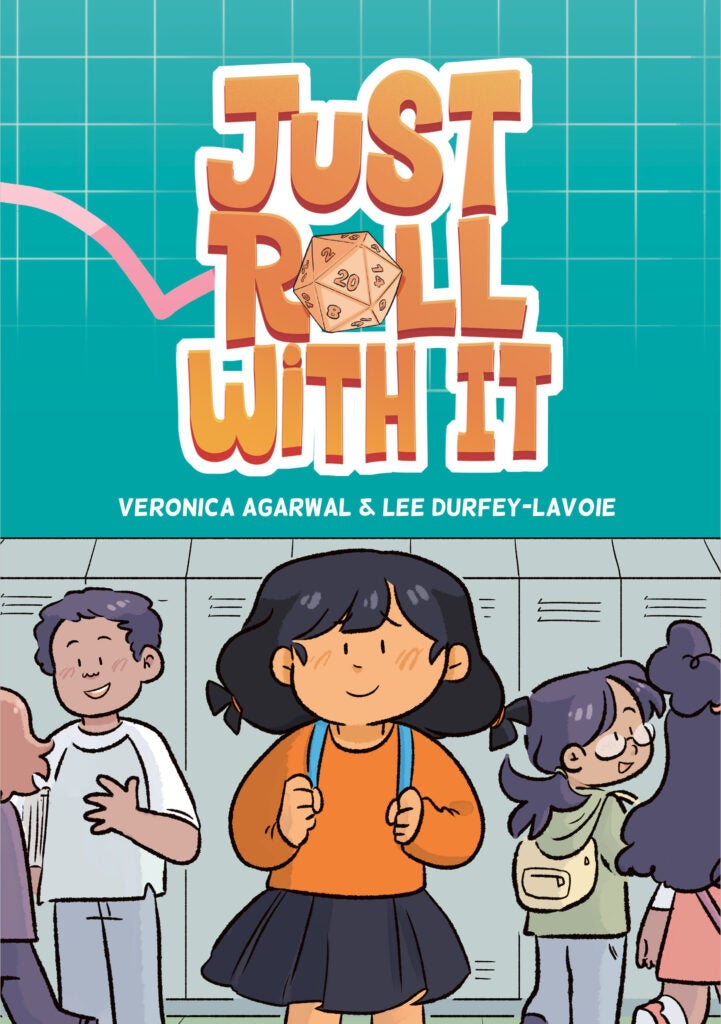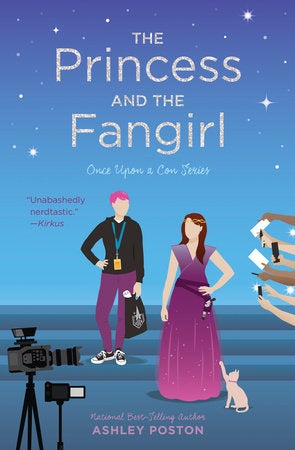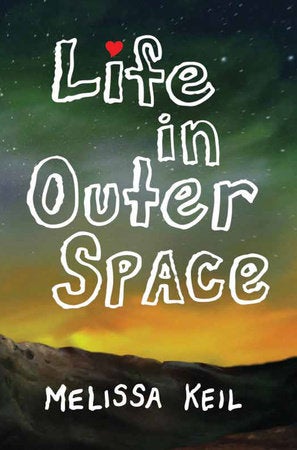Hello, and thanks for joining us at Tundra Telegram, the column where we thumb through readers’ minds and suggest some spine-tingling texts that might serve as an index for their interests.
Today – March 2 – is National Read Across America Day. Established by the National Education Association (NEA) in 1998 to help get kids excited about reading, the day happens each year on March 2, as it’s also the birthday of children’s book author Dr. Seuss (!). As children’s publishers, this is a day we can get behind, even if we happen to be located north of America.
To celebrate, we’re recommending some children’s books about books – the magic, the wonder, the (sometimes) danger (!). These are books that concern books, reading, writing, and libraries (where so much of that all happens). Wherever possible (or known), we’ve included where the book takes place, so you can think about reading across America geographically, if so inclined. Let’s get meta with some books about books!
PICTURE BOOKS



Who loves books more than librarians? And Library Girl by Karen Henry Clark and Sheryl Murray tells the story of one America’s most famous librarians: Nancy Pearl. Pearl, teased as “library girl” as a child by her classmates, believed in the power of the book and grew up to become the Executive Director of the Washington Center for the Book at Seattle Public Library. She spoke (and still speaks) regularly about books on NPR’s Morning Edition and KWGS-FM in Tulsa, Oklahoma, not to mention her monthly television show on the Seattle Channel, Book Lust with Nancy Pearl. (You can put this one down as “Seattle, Washington” on your book map.)
Speaking of famous librarians, we need to mention Arturo Schomburg, an unheralded figure in American letters. You can read his story in Schomburg: The Man Who Built a Library by Carole Boston Weatherford and Eric Velasquez. Schomburg was a law clerk who, starting during the Harlem Renaissance, began to collect books, letters, music, and art from Africa and the African diaspora. When his collection started to overflow his living space, he turned to the New York Public Library, where he created and curated a collection that is now known as Schomburg Center for Research in Black Culture. (This book takes place in New York, New York.)
And though The Boy Who Was Raised by Librarians by Carla Morris and Brad Sneed is not about any real librarians, it remains a tribute to the important work they do. The book follows a curious young boy, Melvin, who visits the library every day after school to visit his favorite people – Marge, Betty, and Leola – at the reference desk.



More generally about libraries (and the many forms they can take) is the nonfiction book My Librarian Is a Camel by Margriet Ruurs. In North America, many kids are able to visit a building in their city or town to get books, but in many remote areas of the world, librarians have to get creative. In this book, you can read about library books delivered by bus, boat, elephant, donkey, train, even by wheelbarrow. This book is a testament to the importance of access to books.
The Little Library by Margaret McNamara and G. Brian Karas is a book in the Mr. Tiffin Classroom Series about the creative way that one librarian instills a love of reading. Everyone in Mr. Tiffin’s class loves books except Jake, a slow and careful reader who can take a long time to finish a book. When the librarian notices Jake running his fingers across a brand-new bookshelf she offers him Woodworking for Young Hands, which becomes his favorite book and inspires a project: making a little free library at the school!
You can find books at the library, but you can also find them at your local independent bookseller. And Good Night, Little Bookstore by Amy Cherrix and E. B. Goodale is a bedtime book that celebrates indie bookstores. What makes it especially fitting for the list is all the little books you can see illustrated on the shelves – you can spend hours looking at all the titles! ( The location is not noted, but author Cherrix works at Malaprop’s Bookstore in Asheville, North Carolina.)



In the realm of writing books (after reading a lot of them), come two picture book biographies by Linda Bailey: Mary Who Wrote Frankenstein, illustrated by Júlia Sardà , and Arthur Who Wrote Sherlock, illustrated by Isabelle Follath. Both books look at the childhoods of great writers – Mary Shelley and Arthur Conan Doyle – and how the stories they read (or were told) informed their own writing of immensely influential books.
It doesn’t get much more metafiction than The Book in the Book in the Book by Julien Baer and Simon Bailly. Having wandered off from his vacationing family, young Thomas is a little bit lost and looking for something interesting when he finds an abandoned book on the beach. As Thomas opens up the little book, so does the reader! Through a feat of book engineering, a second booklet is bound into the first one, and then a third booklet into the second. Each successive volume is smaller than the previous one, while the closing pages return to the original book’s size as well as its setting. (My head just hurts thinking of the production costs.)


If you’re confused as to whether literature can be only spiritually or maybe literally nourishing, there are two similar books for you: Books Aren’t For Eating by Carlie Sorosiak and Manu Montoya, and Library Books Are NOT For Eating by Todd Tarpley and Tom Booth. Though one features a bookstore owner who happens to be a goat (and faces a crisis when he needs to recommend a book to a goat customer), and the other features a dinosaur who is a teacher with a book-eating problem, their message is the same: don’t eat books that don’t belong to you. (If you want to eat your own books, that’s your call. We just want you to buy them.)
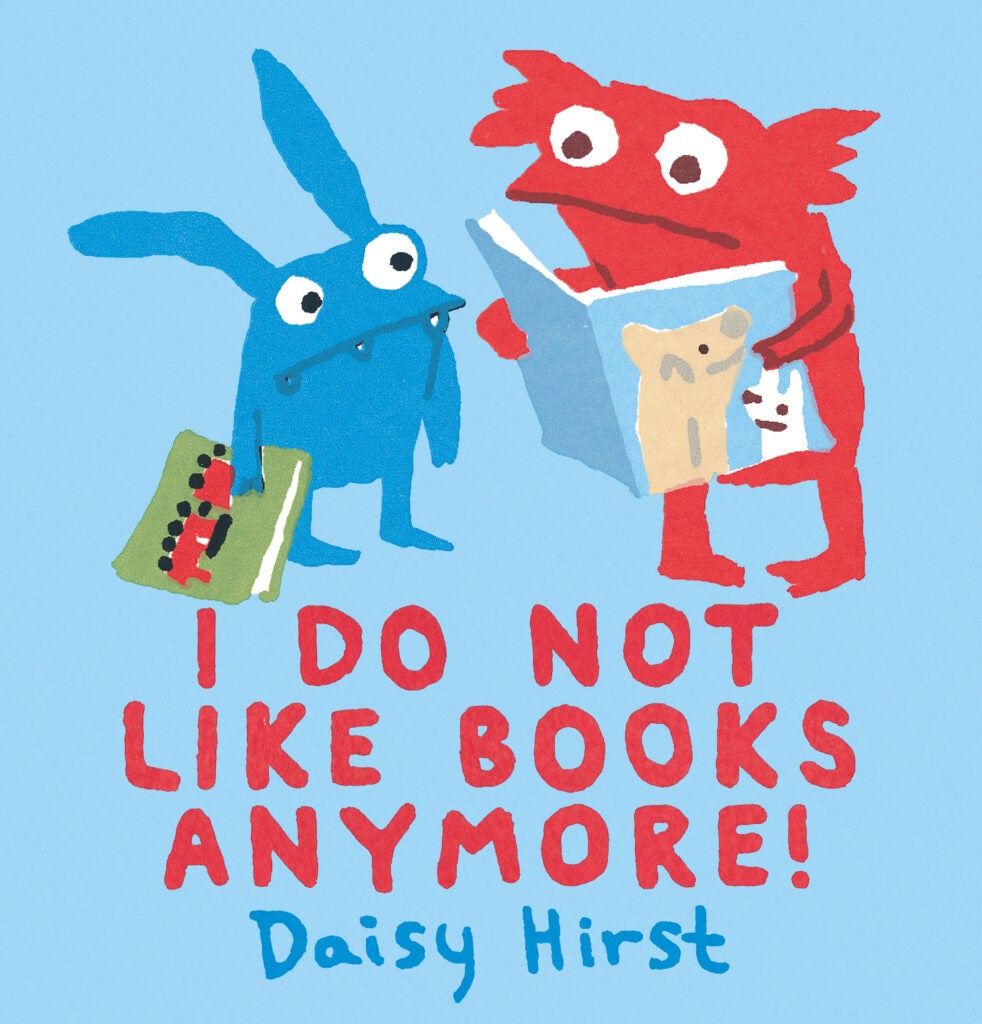



For a fun book about the joys (and challenges) of reading, try Daisy Hirst‘s I Do Not Like Books Anymore! Natalie and Alphonse, monster siblings (previously seen in Alphonse, There’s Mud on the Ceiling!) love books of all kinds – when their parents are reading them. But when Natalie tries to learn to read books on her own, she finds it incredibly frustrating. She decides she’s still going to write stories (with Alphonse’s help), just not read them. (Sounds like some authors we know.) Somehow, Natalie must find a way to turn her love of telling stories into a love of reading stories, too.
In the same genre of not wanting to read, author Max Greenfield (Schmidt from The New Girl) and illustrator Mike Lowery have you covered. With both I Don’t Want to Read This Book and the forthcoming I Don’t Want to Read This Book Aloud – not to mention This Book Is Not a Present – they talk to reluctant readers of all stripes and inspire a lot of laughs (and maybe some reading bravery?).
Only one other picture book speaks honestly to the dangers of reading: Get Me Out of This Book by Deborah Cholette and Kalli Dakos, illustrated by Sara Infante. Starring a bookmark named Max, it outlines all the scary things that might appear in a book (snakes, skeletons, who knows what else?), but also some rules and tools you can use to face those fears, whether they appear in writing or in real life!
CHAPTER BOOKS & MIDDLE GRADE
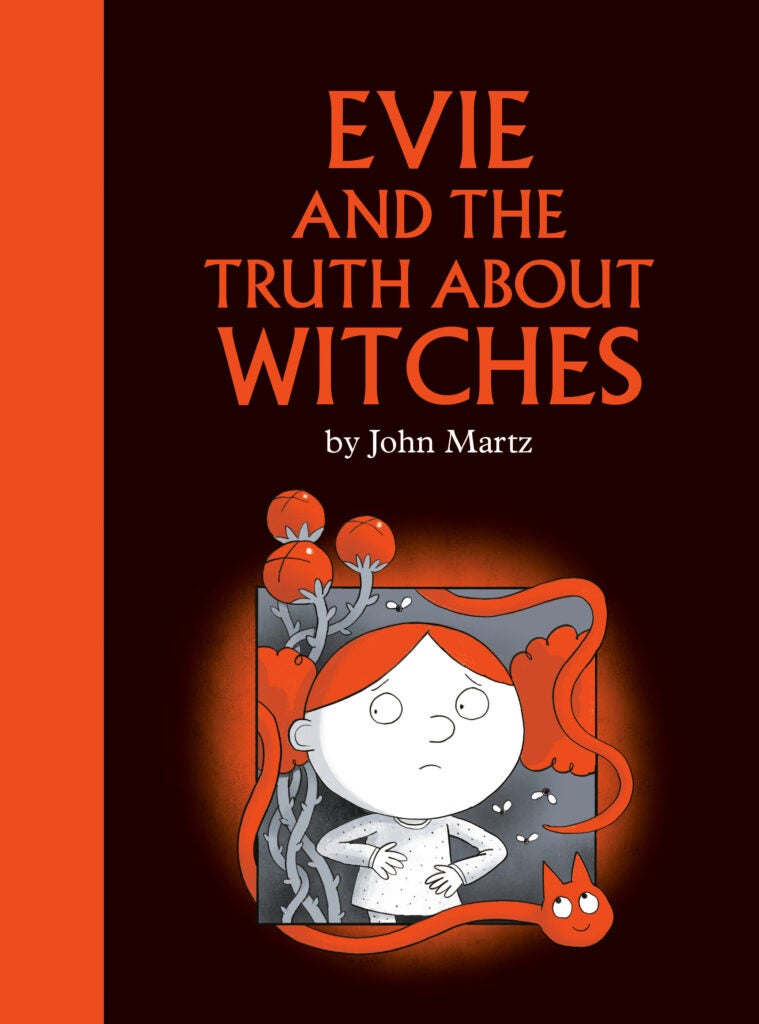
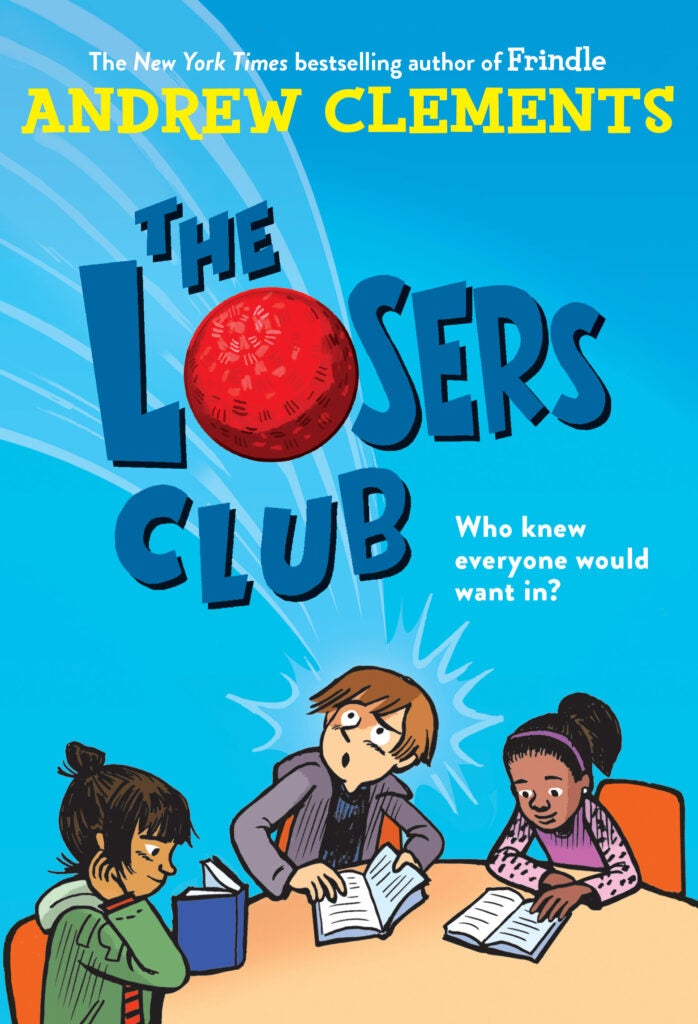
Evie and the Truth About Witches by John Martz is another book that doesn’t shy away from the risks involved in reading. Evie loves reading scary books, but her usual scary stories just aren’t doing it for her anymore. When she stumbles across a different book, The Truth about Witches, she hopes she’s found a new horrific fix, but she’s promptly forbidden by a kindly shopkeeper from reading the last page out loud! Obviously, no shopkeeper is going to stop her, and witchy dangers ensue!
An understated danger of reading is it might lead to detention. That’s what happens in The Losers Club by Andrew Clements – or at least detention is what sixth-grade book lover Alec is threatened with after repeated instances of him reading a book (instead of paying attention in class). So, Alec starts a school club just for reading of which he intends to be the sole member. But scads of kids soon find their way to Alec’s club – including his ex-friend turned bully and the girl Alec is maybe starting to like – and Alec realizes lots of people like books (and that certainly doesn’t make them losers).

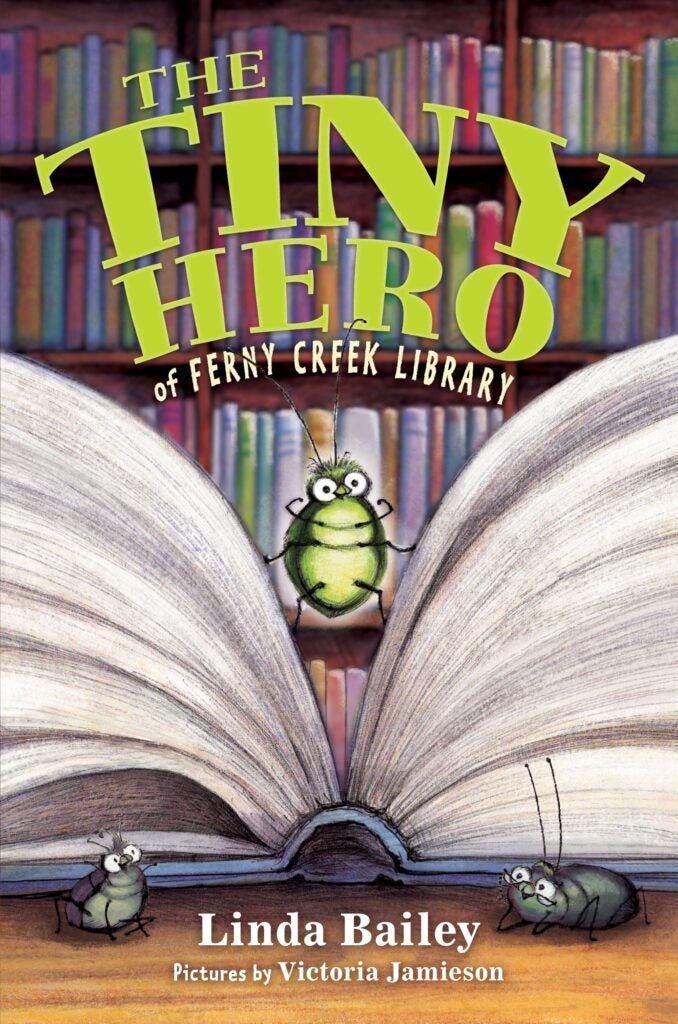

Beloved animal friends Houndsley and Catina get their own book fix in James Howe and Marie-Louise Gay‘s Houndsley and Catina at the Library. Or at least, that’s their plan until they find – horror of horrors – their library is closing! Trixie, the head librarian is retiring, and faced with certain closure, the animal friends try their own paw at library science.
A dog and cat saving the library is one thing, but what about an insect? The Tiny Hero of Ferny Creek Library by Linda Bailey and Victoria Jamieson tells the tale of a shiny green bug named Eddie, who – inspired by the brave animals and insects he’s read about in books (Charlotte, Stuart Little, etc) – devises a plan to keep a struggling library open.
June Harper, the main character of Property of the Rebel Librarian by Allison Varnes, essentially sets up her own local chapter of Read Across America when she starts an underground reading movement in defiance of a massive book ban at her middle-school. It’s hard to read across America when you can’t access the books you might want to read – never forget that!



A lot of young readers find libraries fun, but there’s one book series that turns them into a combination of amusement park and world’s best escape room. The Mr. Lemoncello’s Library series by Chris Grabenstein follow Kyle Keeley and friends as they attempt to solve the increasingly elaborate library-based games and puzzles of Luigi Lemoncello, the world’s most famous game maker. The first book, Escape from Mr. Lemoncello’s Library, begins with Kyle and friends as they attempt to escape from a new Lemoncello-designed library after its overnight opening party. The group continues to take on challenges from the enigmatic (and literary-minded) puzzle master in later editions. (The books take place in the fictional town of Alexandriaville in the very real state of Ohio.)


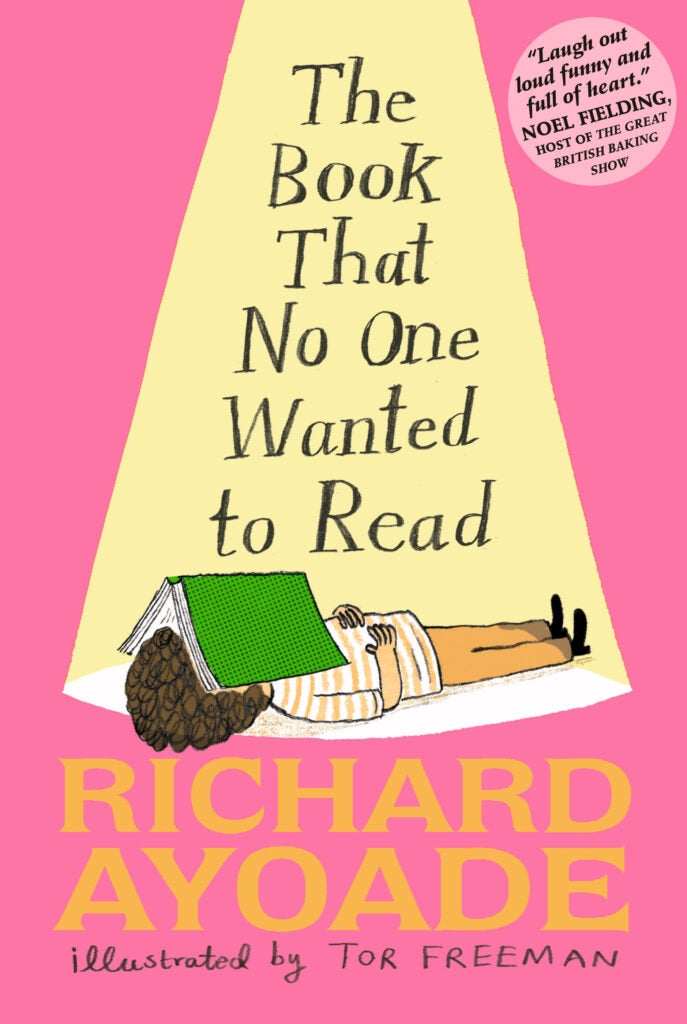
The Bookshop of Dust and Dreams by Mindy Thompson wears its faith in the (literal) magic of art and literature on its sleeve. Poppy’s family owns the magic bookshop Rhyme and Reason, which is situated in WWII New York, but caters to customers from around the world and from the past and future. When her older brother threatens to break the most important rule among magic Booksellers, Poppy is caught in an impossible situation and – like every other week it seems – the fate of the bookshops hangs in the balance.
We’ve talked a lot about reading books and curating books in a library or store, but what about writing one? That’s what happens in Susin Nielsen‘s The Reluctant Journal of Henry K. Larsen – and, as you might expect from the title, it’s not voluntary. Thirteen-year-old Henry’s happy, ordinary life comes to an abrupt halt when his family is shattered by a devastating incident. In a new city, where no one knows his family’s past, Henry is encouraged to keep a journal by his new therapist. Writing helps him unlock past grief and anger, and he begins to open up again. And it’s much funnier than we’re making it sound here. (This one takes place in frequent Susin Nielsen setting, Vancouver, British Columbia.)
Though The Book That No One Wanted to Read by Richard Ayoade (yes, that Richard Ayoade) doesn’t come out until March 14, we had to include it for its look into the psyche of a book. The book is narrated by the book itself (following me?), and it has a lot of opinions about how it should be read. It gets irritated when readers bend its pages back, and it finds authors quite annoying. (Same.) And no one has deigned to read it until you, young reader, start to flip through its pages (but not too harshly, we hope).


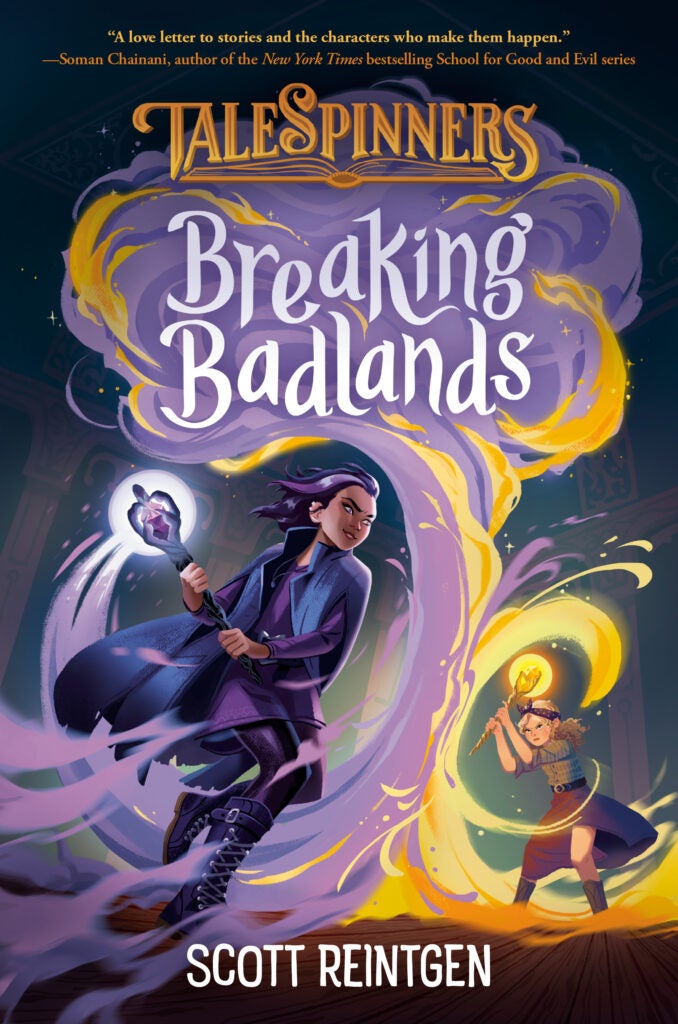
What about an adventure set in a universe that was definitively within a book? That’s the concept behind Scott Reintgen‘s Talespinners series, in which an ambitious side character, Indira Story, travels to the travel to the city of Fable and attend Protagonist Preparatory, a school where famous literary characters train kids to become successful characters in their own stories. The books, of which there are three – Saving Fable, Escaping Ordinary, and Breaking Badlands – are full of literary references and book jokes: there are anthropomorphic bookmarks and laborers who mine for story nuggets for meta-textual hilarity.
YOUNG ADULT
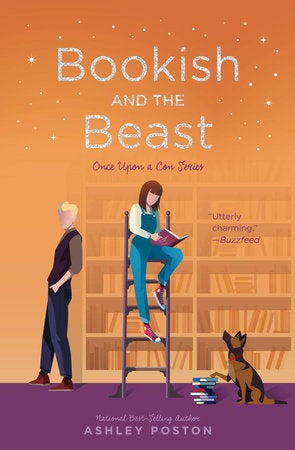

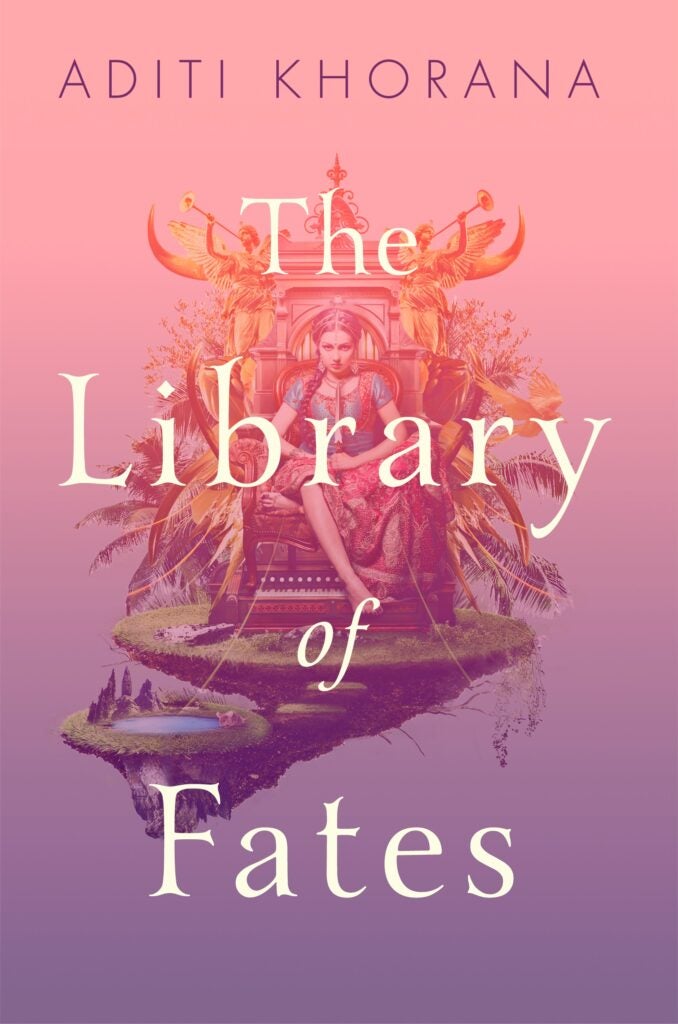
Though all of Ashley Poston‘s Once Upon a Con books could qualify for this list, The Bookish and the Beast is the most book-related. (It’s even in the title!) A new take on Beauty and the Beast, it follows book lover Rosie Thorne, feeling stuck in life in her small town after her mother’s death – and especially after having to sell off her late mother’s library of rare Starfield novels. Hollywood star Vance Reigns, hiding out from a scandal, winds up in the same small town, but it seems unlikely romance will blossom, given Vance doesn’t read. (Remember what John Waters says, friends.)
We all love books, but we don’t endorse stealing them. That is, unless this is YA phenomenon The Book Thief by Markus Zusak, because in this perennial bestseller, Liesel, a foster girl / subsistence thief living in Nazi Germany, encounters hope in something new: books. With the help of her foster father, she learns to read and shares newly stolen books with her neighbors during bombing raids, as well as with the Jewish man they hide in her basement. (This book takes place just outside of Munich, Bavaria, in Germany.)
And if you want to talk about the power of books, how about a magical Library of All Things, where people can reverse their fates? That’s what Princess Amrita searches for in Aditi Khorana‘s The Library of Fates, after her kingdom is besieged by the violent Emperor Sikander and she finds herself a fugitive in her own lands. We all know a library can be a sanctuary and change lives, but this is next-level!
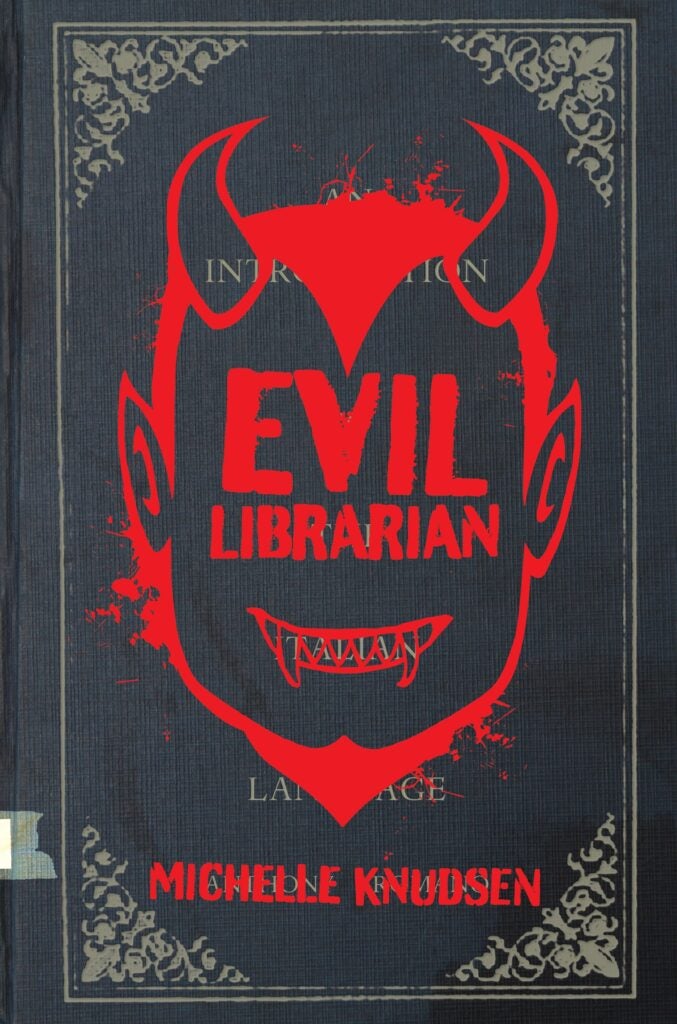

Many of us have carried a bag that says something like “I Love Libraries,” but few of us have actually fallen in love with librarians. Okay, maybe all of us have, but few of those librarians turned out to be evil! Enter Michelle Knudsen‘s darkly funny Evil Librarian, in which Cynthia’s best friend falls in love with a super-hot and young high school librarian who just happens to be a demon. The entire student body is threatened by this bibliophilic babe, and Cynthia has to become an expert demon hunter while also making sure the school musical goes off without a hitch.
For a more wholesome (or, at least, less demonic) love story set against a backdrop of books, there’s Rachel Cohn and David Levithan‘s Dash and Lily’s Book of Dares. Not only does it begin in a bookstore, it also features a titular red notebook in which young Dash and Lily flirt and communicate with each other via a series of challenges before they ever meet in the flesh. Pitching woo through books – is there anything else that a book lover wants? (Like with Schomburg, this one takes place in New York City.)


But books aren’t just good for romancing. They are also good for solving crimes. Case in point: The Agathas by Kathleen Glasgow and Liz Lawson. Unlikely duo Alice Ogilve and her tutor Iris Adams use the complete works of mystery writer Agatha Christie to help them find out what happened to missing classmate (and Alice’s ex-best friend) Brooke Donovan, and uncover dark secrets in their fictional town of Castle Cove. (Stay tuned, as there are more Agathas mysteries coming.)
And our final YA book about books is the anthology The Book That Made Me, edited by Judith Ridge. In 32 personal essays, authors like Shaun Tan and Markus Zusak and Randa Abdel-Fattah write about the books that affected and inspired them most as young readers. Who knows? Maybe one is even a book about books. Which would make this a book about a books about books …
Happy Read Across America Day. Wherever you may be, make sure to spend some time reading across it!
